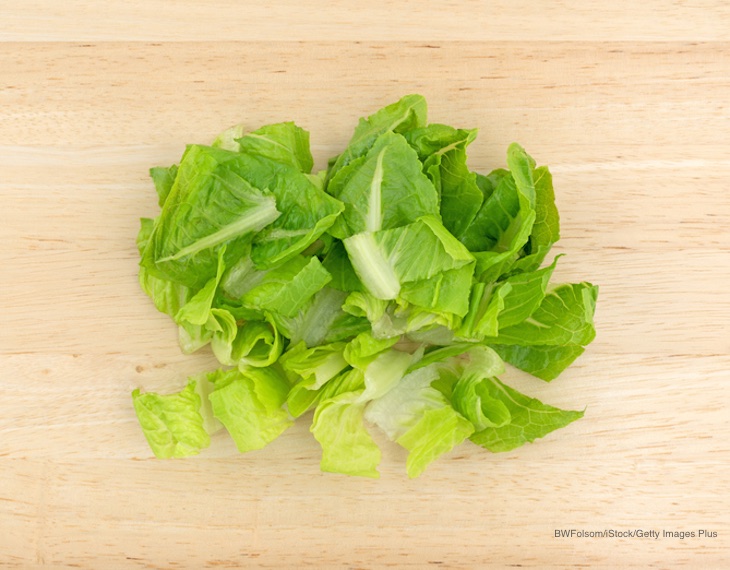NOTE: This outbreak was updated on January 15, 2020 and now has 167 patients in 27 states, with 85 hospitalized. The number 9 largest multistate food poisoning outbreak of 2019 at the time is the ongoing Salinas romaine E. coli O157:H7 outbreak, which has sickened 102 people in 23 states as of December 4, 2019. Fifty-eight of those patients have been hospitalized because they are so ill. And ten people have developed hemolytic uremic syndrome (HUS), a type of kidney failure.

The case count by state is: Arizona (3), California (4), Colorado (6), Florida (1), Idaho (3), Illinois (1), Iowa (1), Maryland (4), Michigan (1), Minnesota (3), Montana (1), Nebraska (1), New Jersey (7), New Mexico (2), North Carolina (1), Ohio (12), Oregon (1), Pennsylvania (8), South Dakota (1), Texas (4), Virginia (4), Washington (2), and Wisconsin (31). Illness onset dates range from September 24, 2019 to November 18, 2019. The patient age range is from less than 1 year to 89.
The Centers for Disease Control and Prevention (CDC) and the FDA are waring consumers not to buy or eat any romaine lettuce that is grown and harvested in the Salinas California growing region. That includes all types of romaine lettuce, including whole heads of romaine, organic romaine, hearts of romaine, romaine in salad wraps, and packages of precut lettuce and salad mixes which contain romaine, including baby romaine, spring mix, and Caesar salad.
On December 13, 2019, officials reported that they have found a common grower in Salinas in this outbreak, an E. coli O157:H7 outbreak associated with Evergreen restaurants in Seattle, Washington, and an E. coli O157:H7 outbreak in the upper Midwest that has sickened nine people in Minnesota, Wisconsin, and North Dakota. That grower has not been named, and no more information has been shared with the public since then.
If you are buying romaine lettuce at a store, look for a label or sticker that tells where the lettuce was grown. If it says “Salinas” or “Salinas, California,” do not buy it. It can be difficult to find the name; it may be in small print on the back of the package. If you want to order a salad at a restaurant, ask where the romaine lettuce used to make that salad was grown. If the restaurant does not know, don’t buy it.

If you or a loved one has been diagnosed with an E. coli O157:H7 illness or any type of food poisoning, you can contact food safety attorney Fred Pritzker for help by calling 1-888-377-8900 or 612-338-0202.
Symptoms of an E. coli O157:H7 infection include a mild fever, some vomiting, severe and painful abdominal and stomach cramps, and diarrhea that is bloody and/or watery. Symptoms usually start 3 to 7 days after exposure to the pathogen.
Symptoms of HUS include pale skin, little or no urine output, small unexplained bruises, lethargy, and bleeding from the nose or mouth. People who are more likely to develop this complication are children under the age of 5.
If you or anyone you know has been experiencing these symptoms, specially after eating romaine lettuce, see your doctor. You may be part of this Salinas romaine E. coli O157:H7 HUS outbreak.




